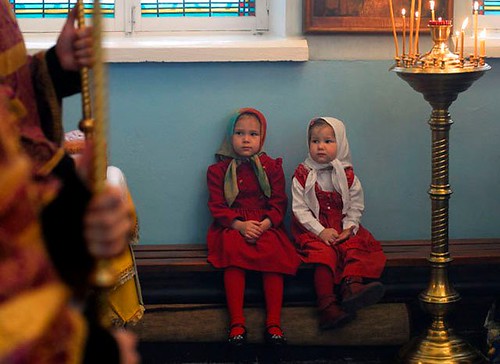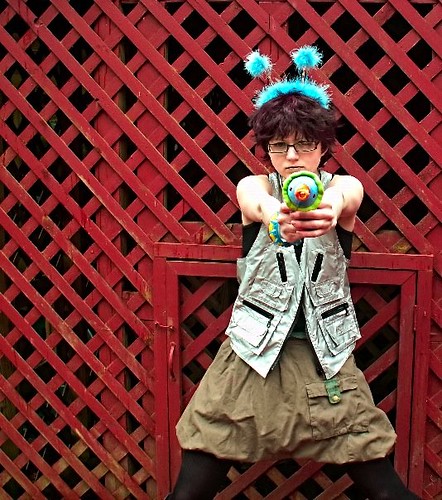Sometimes emotional literacy is referred to as the “Fourth R’. Children as they grow need to learn the “Three Rs” of reading, writing and arithmetic. Considerable time, effort and money is invested in making sure they learn these three things. Unfortunately much less effort is invested in making sure children learn the fourth R of relating or feeling.
There are a number of skills that need to be mastered before one can say they are emotionally literate. Humans are a verbal creature. We use speech as a primary way of communicating and thus we need to make sure that when we use a word it has the same meaning for the person listening to us.

One of the problems with feelings is you can not see them or touch them. Instead you experience them. We can see behavioural manifestations of feelings which helps but that is also quite subjective. For example one child may hit another child. Some children will get to the point of physically hitting out only when they are very frustrated. They can be said to have ten units of frustration. Other children with much lower levels of frustration tolerance will hit out when they have only two units of frustration. The behavioural manifestations of emotions for people differ, at time differ significantly.
Whilst we can make some conclusions about their feeling state from observing the behaviour of a child it remains a very inexact science for reasons like cited above. Most humans automatically assume that others are like them. If I physically hit out when I have eight units of frustration I will automatically assume that others are the same. When I see a child hit out I will assume they have a particular level of frustration like mine. However that may not be so at all and often is not the case. Thus we already have the potential for miscommunication about feelings. If I should talk to the child about the hitting out he did and his feelings at the time then our communications may become confused. I can easily inaccurately assume he was feeling a certain way at the point of physically hitting out because that is how I would feel.

Children need to learn the correct words for the various feeling states. They need to learn that the word ‘anger’ fits for a particular emotional experience. Once done they need to learn the differences in that particular feeling state. The words ‘very angry’ mean a particular feeling experience that is different from the feeling state described by the words, ‘a little bit angry’, and so forth.
This is a most important task. If one is going to maintain workable and functional relationships they have to gain at least a satisfactory mastery of the literacy just described. If they do not develop such emotional literacy their relationships will repeatedly fall into disharmony and disarray. To establish some level of intimacy in a relationship one needs to be able to communicate to the other about their feelings in a satisfactory way.
Indeed some argue that relating and feeling should be the first R, not the fourth R. If one cannot maintain functional relationships then their life will remain in a poor state of health. If one can get such emotional literacy mastered then one has a much better basis upon which to learn the three other Rs.

The first step in emotional literacy is for the child needs to fit the right word to the right feeling state at the right level. However this is only part of the educational process. Once they are in a particular feeling state like anger, sadness or despair what do they do then?
With feelings the child is in a heighten state of readiness to act. When experiencing feeling the body is in a heightened state of tension and thus the person is motivated to engage in some kind of action. In other words how does the child express the feeling or perhaps defuse the state of bodily tension. Each society has appropriate and inappropriate ways of expressing and dealing with feelings. There is no universally correct way of dealing with ones feelings. Indeed psychologists disagree amongst themselves about how to deal with feelings.
The child needs to come to some conclusion about how to deal with its feelings that is acceptable to the wider society, to its parents and to itself. This is the second part of the educational process of emotional literacy.

The third part in the process is to isolate the ways by which the child is ‘misusing’ its emotions. This misuse can be done in wide variety of ways. Firstly emotions are a powerful way to get others to conform to what you want. Parents quickly learn this.
They can use guilt.
“Mummy will feel sad and hurt if you don’t eat up all your food”.
They can use fear by threatening abandonment.
“Unless you have your bath now mummy will get a policeman to come and take you away”.
These are effective and powerful ways to get a child to behave. Unfortunately they also leave psychological scars, at times deep psychological scars that can last a life time. If a parent threatens abandonment the child may grow up with a ever present fear of being abandoned. Eventually he marries a woman who has an affair and does indeed abandon him. However she is desperately unhappy because for the prior twenty years she has been subjected to his pathological jealousy because of his fear of abandonment.
Some times the society as a whole encourages children to use feelings for ulterior gain. In many societies boys are encouraged to be angry and not sad and girls are encouraged to be sad and not angry. As they grow up and eventually get married the man slowly learns that if he raises his voice a bit and presents a bit of anger then the woman will tend to back down and he gets what he wants. He learns, usually without even being aware of it, if he gets angry he is more likely to get what he wants from his wife.

On the other hand as the girl grows she learns that if she starts to cry she is more likely to get what she wants. Again out of her awareness she finds that if she starts to cry when arguing with her husband he is more likely to back down and she is more likely to get what she wants.
This final part of the emotional literacy process seeks to identify all the permutations and problems that can get attached to feelings and seeks to untangle them.
If the three steps are achieved with some degree of success then the more emotionally literate the person will be and the less emotional and relationship difficulties they will have in life.
Graffiti
Thank you, Tony, for such a thorough and prompt reply. Your explanation tells me emotional literacy is learned from others; it’s not based on anything genetic. If children don’t master those first steps for whatever reasons, do you suppose they more likely to become introverts?
ReplyDeleteHello KYLady,
ReplyDeleteWell people are genetically programmed to have a variety of physiological reactions ot stimuli in the environment which result in emotional experiences (feelings). Obviously these are not learned and everybody has them.
I would see emotional literacy as the learning part where you put the right word to the feeling, learn the appropriate exprsssions and so forth.
If they don't master them they could end up introverted but they could also end up other ways. Children who don't learn the socialized expression of anger can as adults end up in prison on charges of assault.
Cheers
Tony